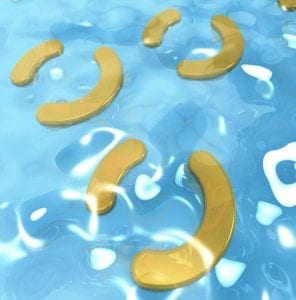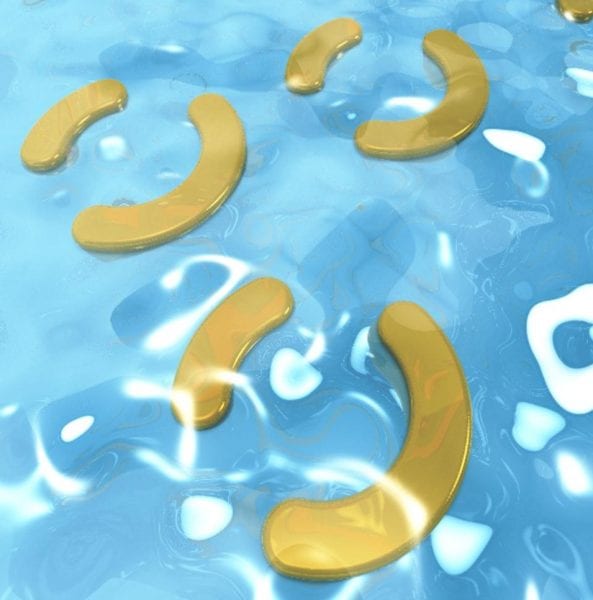 Plasmonics nanostructures can generate exceptionally large optical field enhancements in cubic-nanometer volumes which can be utilized to construct highly sensitive sensors based on localized surface plasmon resonances. When designed with the appropriate geometry, metallic nanostructures exhibit narrow resonances, so called Fano resonances. These resonances can provide enhanced sensitivity which easily reach or even exceed the best known plasmonic responses of single plasmonic particles.
Plasmonics nanostructures can generate exceptionally large optical field enhancements in cubic-nanometer volumes which can be utilized to construct highly sensitive sensors based on localized surface plasmon resonances. When designed with the appropriate geometry, metallic nanostructures exhibit narrow resonances, so called Fano resonances. These resonances can provide enhanced sensitivity which easily reach or even exceed the best known plasmonic responses of single plasmonic particles.
One suitable geometry to generate such resonances is the asymmetric double split-ring resonator, where two curved nanostructures with different lengths are facing each other. Several examples of asymmetric split-ring resonator structures have been demonstrated with various applications including biosensors, lasing spasers, coherent plasmon emitters, and tunable metamaterials. However, the wide use of Fano sensors has been hampered by two issues: the availability of low-cost light sources, and the ability to mass-produce Fano sensors over large areas at low cost.
Jun Zhao, Harald Giessen, and coworkers (University of Stuttgart) have now developed a method to fabricate asymmetric split-ring resonators over a large area at low cost using colloidal nanolithography in combination with angled evaporation. The fabricated samples exhibit sharp and narrow optical Fano resonances in the near infrared, which are well suited for localized surface plasmon resonance refractive index sensing with atto- or zeptoliter volumes. A strong improvement of the shape and the modulation depth of the Fano resonances could be achieved through reshaping of the metal by annealing the sample at 150°C. The presented method is very flexible towards other structure geometries, scalable to even larger areas, very reproducible, and adaptable for other substrate materials and metals. This technique will pave the way towards wide utilization of plasmonic sensing applications.
The research was reported in Advanced Optical Materials, a new section in Advanced Materials dedicated to breakthrough discoveries and fundamental research in photonics, plasmonics, metamaterials, and more, covering all aspects of light-matter interactions. To get Advanced Optical Materials email alerts click here.

















